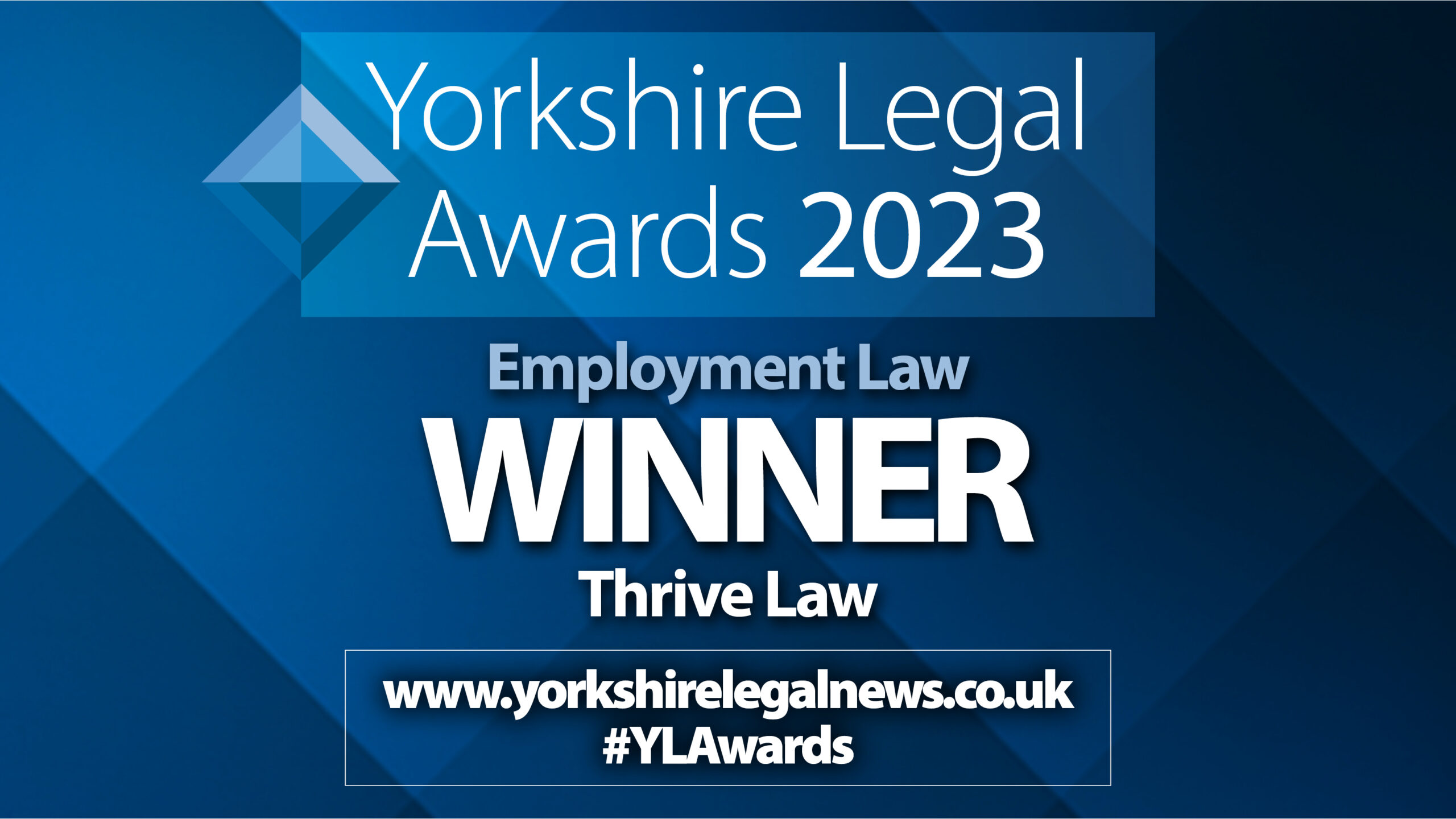Here at Thrive we have been running a helpline service, free of charge, for those whose employment has been affected by circumstances surrounding Covid-19. In sensing a pattern, we have noted that a proportion of our recent enquiries were related to that of employee’s who are shielded, many of whom also have a disability are shielding because of this. The questions received mainly revolved around what rights these employees hold. In particular:
- If they are able to be made redundant, whilst shielding?
- If they are entitled to be made redundant, whilst shielding, with a disability?
- What they can do to challenge redundancy or returning to work if they are shielding.
We provide clarification on all of these questions below.
Despite the fact that we are in unprecedented territory, these circumstances do not negate an employer’s responsibility to follow a fair redundancy procedure. Redundancies are a stressful time and an employee has the right to a fair procedure.
Whilst, redundancy is one of the potentially fair reasons for dismissing an employee, a meaningful consultation and fair process should still be followed in order for the dismissal to be fair. With other potentially fair reasons, the fairness of a dismissal for redundancy is to be determined by the test of whether an employer’s decision to dismiss falls within the band of reasonable responses of a reasonable employer in those circumstances and in that line of business. Failure to follow a fair procedure will normally render the dismissal unfair, even where there is a genuine redundancy.
What is a fair procedure?
A fair procedure comprises a number of stages:
- warning and consultation
- fair and objective basis for selection
- consideration of alternative employment
- appeal
What about those employees who are shielding?
Shielded employees are those who are deemed vulnerable and more susceptible to Covid-19, these individuals should have received correspondence from the NHS notifying them of their status, with advice to take extra precaution in this respect. Those shielding may also be individuals caring for and living with family or dependants who are deemed vulnerable.
Are employees who are shielding protected from redundancy?
The short answer to this is no.
The long answer is that individuals can still be made redundant on the basis of shielding. However, if someone is shielding in conjunction with a disability they suffer from, they cannot be made redundant due to their disability. The selection criteria used by an employer should not be used in a way that creates disadvantages to a disabled employee because that may constitute discrimination.
What is the definition of a disability? [See full definition here]
An employee is deemed to have a disability under the Equality Act 2010, if they have suffered from a physical or mental impairment for more than 12 months (or are likely to suffer more than 12 months) which has a substantial and adverse effect on their ability to carry out to day to day activities, so not just their ability to do their job. This might be something like difficulties breathing (with asthma).
If an individual has a disability, as defined by the Equality Act 2010, and are made redundant by their employer whilst at home shielding, they may hold rights to not be discriminated against because of their disability or consequential shielding.
NOTE – the employees DOES NOT need to be registered disabled, it’s a legal definition in an employment context and different from being registered disabled. The threshold to satisfy the definition is much lower.
What rights does an employee have if they meet the definition?
Firstly, the redundancy has to be in some way linked to the shielding – for example the employer may be making all those who are shielding or those who have a disability redundant.
Clearly, employees cannot be made redundant because of their disability, if an individual is selected in this respect it could constitute direct discrimination, which could be pursued as a claim (even where the employee has less than 2 years’ service)
If an employer uses sickness absence as a criterion on the selection criteria for redundancy, where an employee is then selected for redundancy because of sick leave which was a result of their disability, this may be discrimination because of something arising as a consequence of their disability. Which again could give rise to further claims or less obvious discrimination, but nevertheless still claims in the tribunal.
NOTE – Employers need to carefully consider their selection criteria to avoid discriminating against disabled employees as well as ensure they consult properly and follow a fair process.
Returning to work from shielding
In these circumstances it is natural that those currently shielding understandably worried about being made to return to work. If an employee who was shielding is requested to return to work and refuses this request, what rights do they hold? Within this context, an employer may be entitled to request a return to work subject to certain provisions. For example, employer’s must be undertaking a full COVID risk assessment and review of their work premises to ensure it is completely safe for employees to return and in line with Government issued guidance. [link our return to work blog here]
Where possible, alternatives should be considered, such as extending their furlough leave to the end of October where possible, allowing them to work from home, where possible or placing them in a different role which would allow them to do so for a temporary period of time. If there are other jobs available in a company an employer should make these available to those affected individuals, and the application process must be fair and unbiased.
Where alternative employment is offered this can be any form of employment; an employer does not have to give a like-for-like role just something that the parties agree is a suitable alternative and that the employee has the skillset to fulfil. It can also be carried out on a trial basis if you are unsure it will work. If there are no suitable vacancies for an employee, then it may be open to the employer in the circumstances to dismiss for reasons of redundancy, if their role ceases to exist.
If an employer does not engage in a meaningful and fair consultation and process, and the employee has 2 or more years continuous service, they may also be able to pursue an unfair dismissal claim.
Our Coronavirus helpline that we set up in March remains open and we are already seeing more enquiries as employees are expected to return to work. If we can be of any assistance, please know we are always available and here to help. For more information, please send any related enquiries to coronavirus@thrivelaw.co.uk
On the topic of helplines, we have also recently opened a free helpline for those who have experienced race discrimination in their employment, to obtain free advice. For more information, please send any related enquiries to BLMSupport@thrivelaw.co.uk









